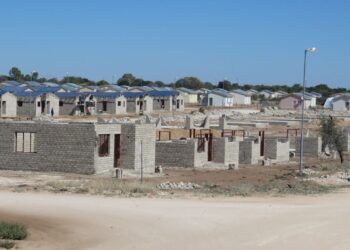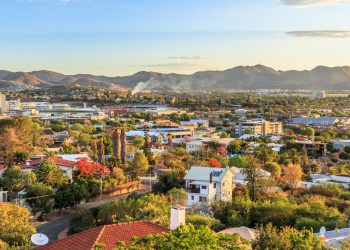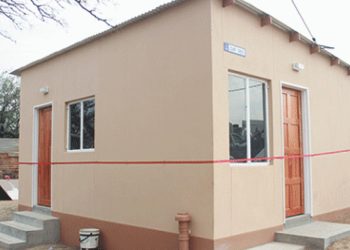
Land prices in Namibia’s coastal region have surged dramatically, recording a 60.7% year-on-year increase in the third quarter of 2024, according to the latest FNB House Price Index.
The average price per square meter in the region rose to N$817, underscoring a remarkable rebound in property market activity.
This exceptional growth outpaced other regions, with the central region posting a 31.4% year-on-year increase in land prices to N$1,041 per square meter.
Meanwhile, land prices in the northern and southern regions experienced sharp declines of -6.6% and -40.0%, respectively, with the southern region registering the lowest average price at just N$49 per square meter.
The coastal housing market also saw modest gains, with house prices rising by 2.7% year-on-year to an average of N$1,158,000.
In contrast, the southern region struggled, with house prices contracting by -4.0% to N$759,000.
Nationally, Namibia’s property market showed strong recovery signs, with the 12-month weighted average house price reaching N$1,303,179 at the end of the third quarter, up from N$1,263,673 in the second quarter and N$1,218,086 in the same period in 2023.
This represents a 7.0% year-on-year increase, the highest growth rate since 2021.
The central region led this resurgence, recording a 6.9% year-on-year increase in house prices, with the regional average rising to N$1,659,000.
“The growth in the Central House Price Index continued to trend upwards, posting 6.9% in Q3 compared to 2.9% in Q2 and significantly above the -1.1% recorded in Q2 2023,†the report stated.
The small housing segment, priced between N$500,000 and N$1,500,000, was the key driver of market recovery, growing by 14% year-on-year and accounting for the bulk of transactions.
The medium housing segment (N$1,500,000–N$3,500,000) remained stable, with a slight contraction of -0.3%.
Larger properties in the N$3,500,000–N$6,500,000 range and the luxury segment above N$6,500,000 continued to struggle, with contractions of -6.5% and -4.4%, respectively.
Transaction volumes also showed signs of improvement. The central region exited contractionary territory with a 1.1% year-on-year increase in the third quarter.
The coastal and northern regions reported reduced contractions of -4.7% and -19.0%, respectively, compared to steeper declines in previous quarters. The southern region remained stagnant at 20.0%.
The recovery in land prices and housing activity signals renewed confidence in Namibia’s property market.
Analysts attribute the growth to increased demand in the small housing segment, stabilizing transaction volumes, and a strong rebound in the coastal and central regions.
With coastal land prices experiencing unprecedented growth and broader market indicators showing positive trends, Namibia’s property sector appears poised for sustained recovery.











